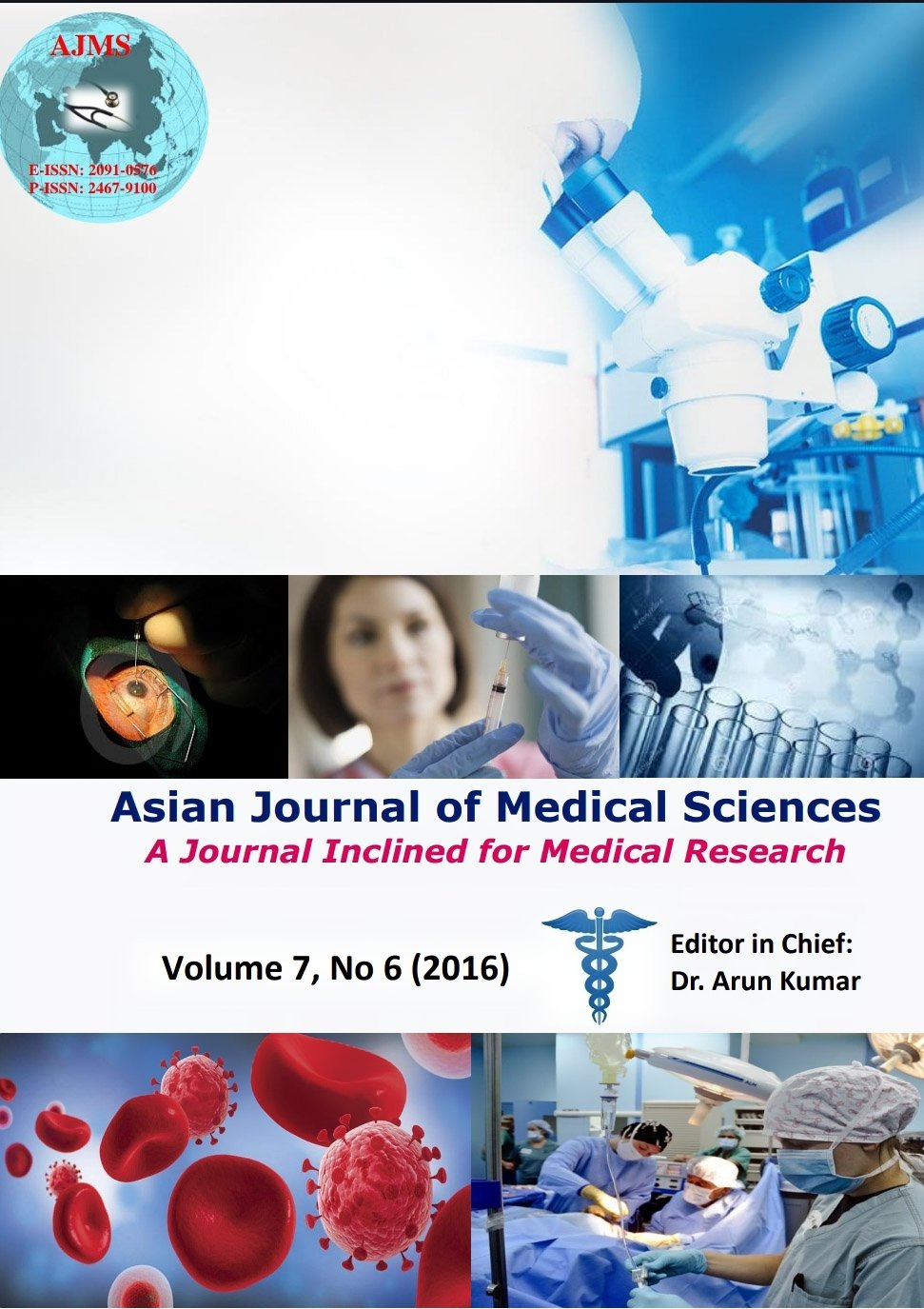Lower extremities Duplex-Doppler ultrasonography for the detection of suspected deep venous thrombosis: A preliminary report from Sokoto
Keywords:
Lower Extremities, Duplex-Doppler, UltrasonographyAbstract
Background: There is a paucity of reports on the deep vein thrombosis in our environment.
Aims and Objective: The aim of this study is to document the role of Doppler ultrasound in detecting deep vein thrombosis in our environment.
Methods and Materials: Between Januarys to December 2014 forty six in patients with suspicion of DVT were evaluated prospectively. All patients presented with symptoms of single or bilateral disease, and a high probability of the disease. Two trained radiologists performed all duplex scan examinations. The patients were scanned using Mindray DC-3/DC-3T Diagnostic ultrasound scanner (Mindray Bio- Medical Electronics Co., LTD) linear (7-12MHz) transducers was used.
Results: A total of 46 patients had duplex-Doppler scan examination carried out between January-December 2014. There were 30(65.2%) males and 16(38.8%) females subjects recruited for the study. The mean age was 48.9±SD17.3 with range of 18-85 years. A total of 21 patients (45.6%) were found to have deep vein thrombosis (DVTs) on duplex-Doppler examination. Proximal DVTs was seen in 6(12.9%) and 14(30.3%) for right and left lower limbs respectively. Distal DVTs was seen in 1(2.2%) in the right lower limb and 25(54.4%) show normal findings bilaterally. Diffused DVTs was seen in 2(4.3%) patients involving external, through popliteal veins on the right lower limb. In 3(6.5%) of the patients only the common femoral, superficial femoral and popliteal shows diffuse DVTs.
Conclusion: With availability of Doppler ultrasound in our environment the diagnosis of DVT is now easier. Duplex scanning techniques are faster, safer, and less expensive. Because of its noninvasive nature, venous duplex is repeatable, allowing for continued follow up after the diagnosis.
Asian Journal of Medical Sciences Vol.7(6) 2016 53-57
Downloads
Downloads
Additional Files
Published
How to Cite
Issue
Section
License
Authors who publish with this journal agree to the following terms:
- The journal holds copyright and publishes the work under a Creative Commons CC-BY-NC license that permits use, distribution and reprduction in any medium, provided the original work is properly cited and is not used for commercial purposes. The journal should be recognised as the original publisher of this work.
- Authors are able to enter into separate, additional contractual arrangements for the non-exclusive distribution of the journal's published version of the work (e.g., post it to an institutional repository or publish it in a book), with an acknowledgement of its initial publication in this journal.
- Authors are permitted and encouraged to post their work online (e.g., in institutional repositories or on their website) prior to and during the submission process, as it can lead to productive exchanges, as well as earlier and greater citation of published work (See The Effect of Open Access).




